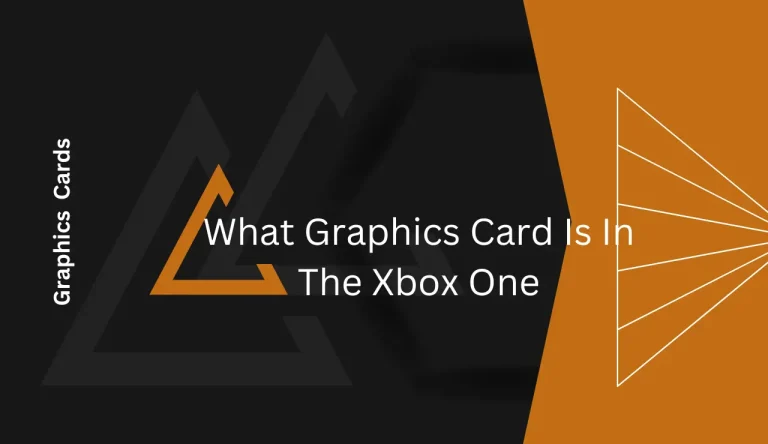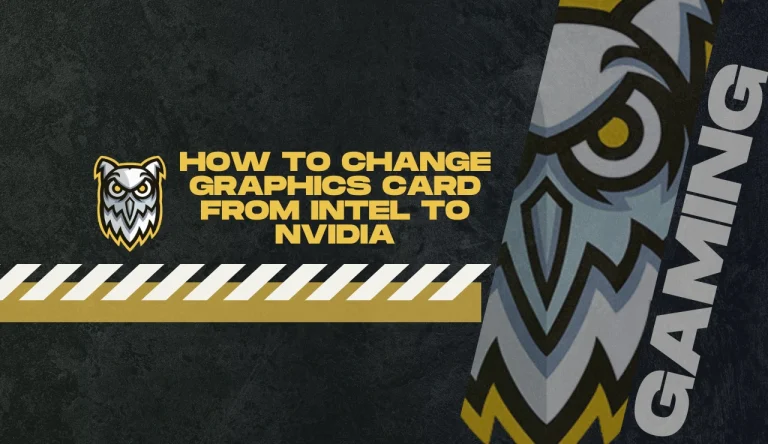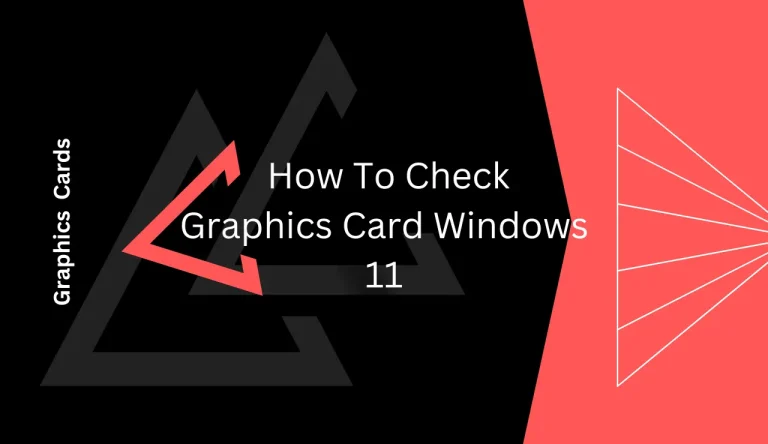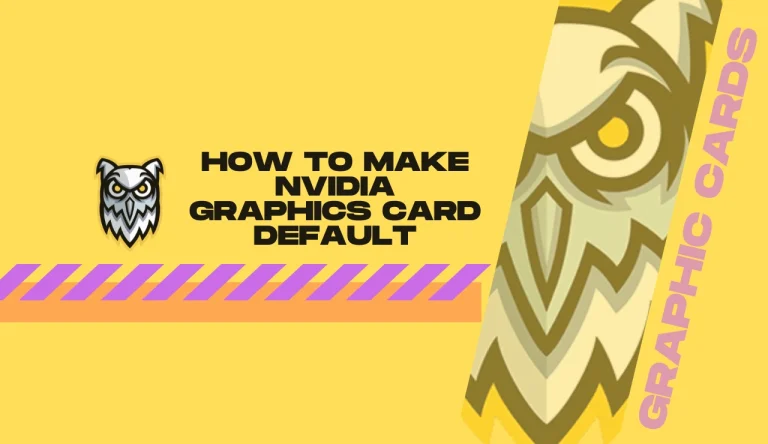How To Reset Nvidia Graphics Card
Are you experiencing issues with your Nvidia graphics card? Don’t worry, we’ve got you covered. In this article, we will guide you through the process of how to reset nvidia graphics card to help resolve any problems you may be facing.
By following these steps, you can ensure a smooth and efficient reset without losing any important data or settings.
Firstly, we will help you identify the issue with your graphics card so that you can determine whether a reset is necessary.
Next, we’ll walk you through backing up your data and settings to prevent any potential loss during the reset process.
Then, we’ll show you how to access the Nvidia Control Panel and perform a reset on your graphics card.
Lastly, we’ll provide tips for testing and troubleshooting after the reset to ensure everything is working correctly.
So let’s get started and get your Nvidia graphics card back on track!
Identifying the Issue with Your Nvidia Graphics Card
Not sure what’s wrong with your Nvidia graphics card? Let’s find out!

When troubleshooting common graphic card issues, it’s important to start by identifying the problem. One common issue could be outdated or incompatible drivers. To address this, you should consider updating your Nvidia drivers.
Outdated drivers may result in performance problems, crashes, or even screen flickering. Fortunately, Nvidia provides regular driver updates that can improve stability and optimize performance for your graphics card.
To update the drivers, visit the official Nvidia website and locate the appropriate driver for your specific graphics card model. Download and install the latest version of the driver following the provided instructions.
This simple step might just resolve any issues you were experiencing with your Nvidia graphics card!
Backing Up Your Data and Settings
To ensure the safety of your valuable data and personalized settings, it’s crucial for you to back them up before making any changes or adjustments.
Backing up your data and system settings is a simple yet essential step in resetting your Nvidia graphics card. Start by identifying the files and folders that contain important information, such as documents, photos, videos, and game saves. Copy these files to an external storage device like an external hard drive or a USB flash drive.
Additionally, consider exporting any customized settings from applications or games that rely on your graphics card. This will allow you to easily restore them after the reset process is complete.
Remember, taking the time to back up your data and settings can save you from potential loss or frustration during the reset process.
Accessing the Nvidia Control Panel

Get ready to unleash the full potential of your gaming experience by effortlessly accessing the Nvidia Control Panel. This powerful tool allows you to customize display settings and optimize your gaming performance with just a few clicks.
To access the Nvidia Control Panel, right-click on your desktop background and select ‘Nvidia Control Panel’ from the drop-down menu. Alternatively, you can also open it by searching for ‘Nvidia Control Panel’ in the Start menu.
Once opened, you’ll be greeted with a plethora of options that allow you to fine-tune your graphics card settings. From here, you can adjust resolution, refresh rate, and other display settings to match your preferences.
Additionally, you can optimize game-specific settings for improved performance and visual quality. So dive into the Nvidia Control Panel now and unlock a whole new level of gaming excellence!
Performing a Reset on Your Graphics Card

Unleash the true potential of your gaming experience by easily performing a reset on your powerful tool for optimizing display settings and enhancing gaming performance. Resetting your Nvidia graphics card can help resolve common problems that may arise, such as display glitches or performance issues.
By resetting, you’re essentially restoring the graphics card to its default settings, wiping away any customizations or changes that might be causing problems.
To optimize the performance of your Nvidia graphics card, a reset can be beneficial. It clears out any accumulated errors or conflicts that may have built up over time, allowing the card to run smoothly and efficiently again.
This process is particularly useful when you notice a decline in performance or encounter frequent crashes while gaming.
By following simple steps to perform a reset on your Nvidia graphics card, you can ensure it functions optimally and provides you with an enhanced gaming experience.
Testing and Troubleshooting After the Reset
After completing the reset, you can now test and troubleshoot any lingering issues to ensure your gaming experience is flawless. Here are some troubleshooting techniques and post-reset optimization tips to help you get started:
- Check for driver updates: Make sure you have the latest drivers installed for your graphics card. Visit the Nvidia website or use the GeForce Experience software to check for updates.
- Monitor temperatures: Keep an eye on the GPU temperature using monitoring tools like MSI Afterburner. High temperatures can cause performance issues, so make sure your card is running within safe limits.
- Run benchmark tests: Use benchmarking software like 3DMark to stress-test your graphics card and assess its performance. This will help you identify any potential problems or bottlenecks.
- Adjust game settings: Fine-tune the graphics settings in your games to find a balance between visual quality and performance. Lowering certain settings can often improve frame rates and reduce stuttering.
- Seek professional assistance: If you’re still experiencing issues after trying these troubleshooting techniques, consider contacting Nvidia support or seeking help from a qualified technician who specializes in graphics cards.
Frequently Asked Questions
Conclusion
In conclusion, resetting your Nvidia graphics card can be a helpful troubleshooting step if you’re experiencing issues. By identifying the problem and backing up your data, accessing the Nvidia Control Panel, and performing a reset, you may be able to resolve any graphics-related problems.
After the reset, it’s important to test and troubleshoot to ensure the issue has been resolved. Remember to consult official documentation or seek professional assistance if needed.






